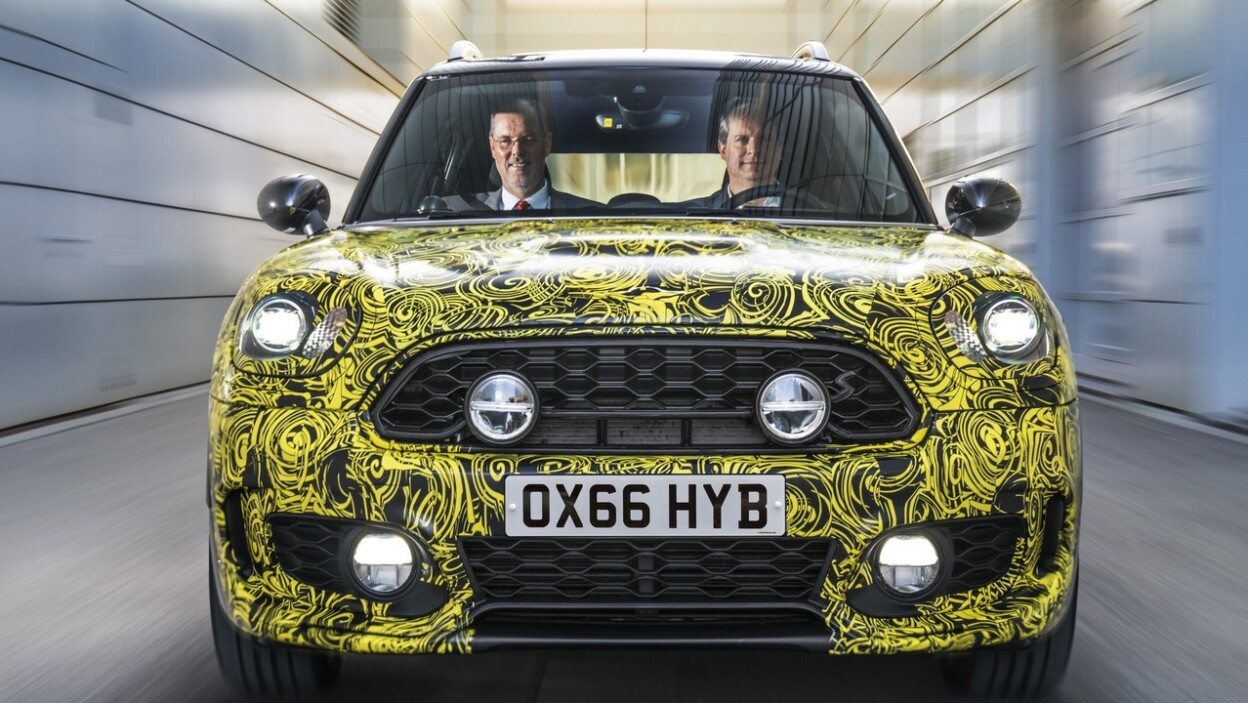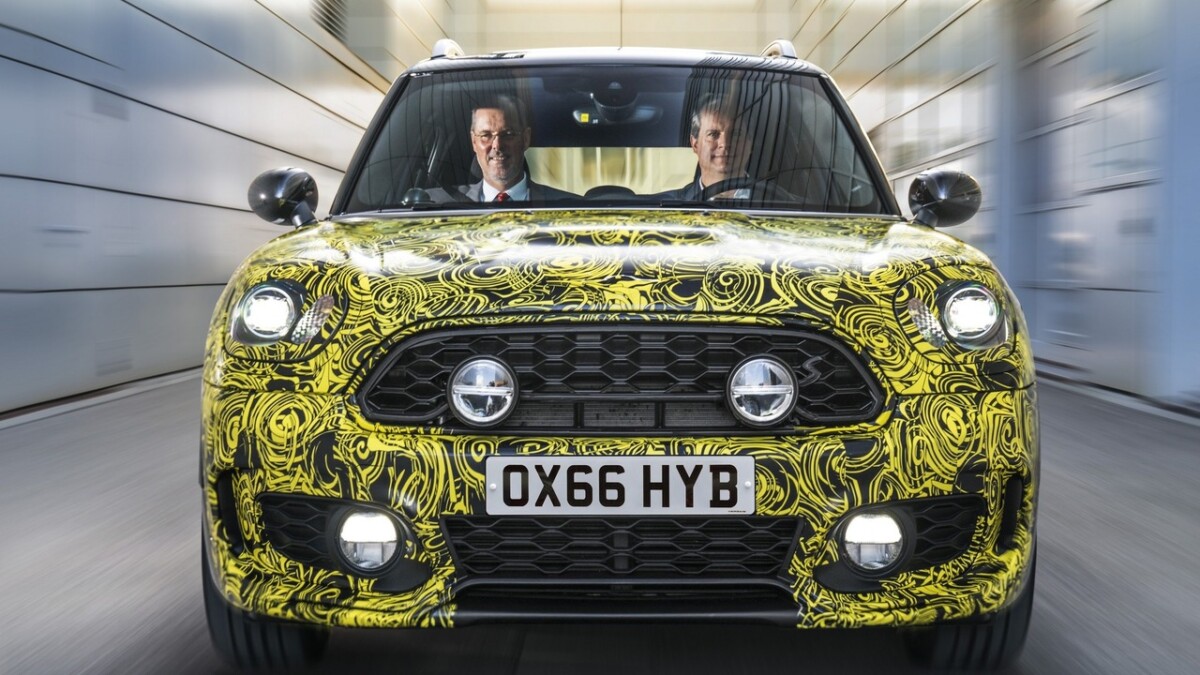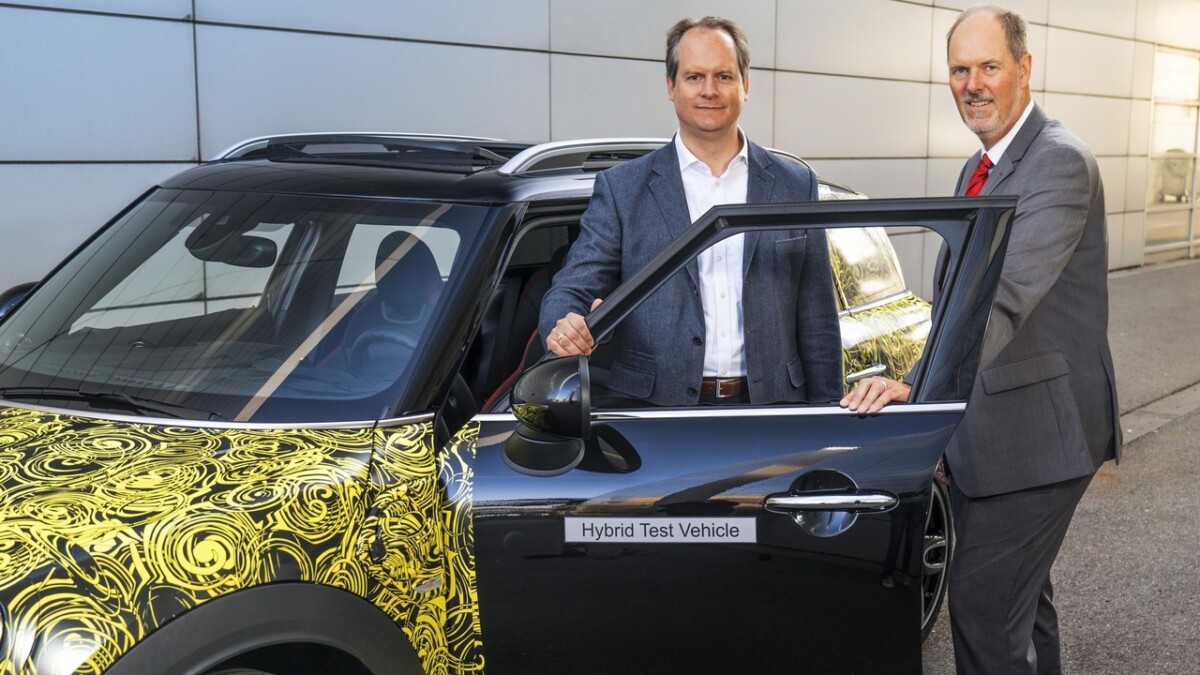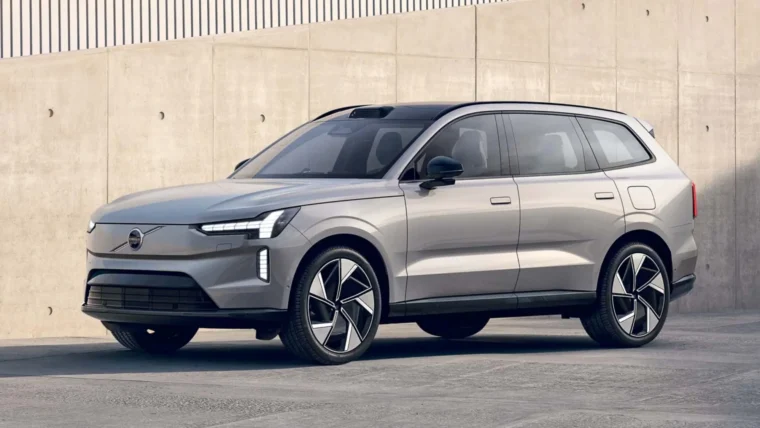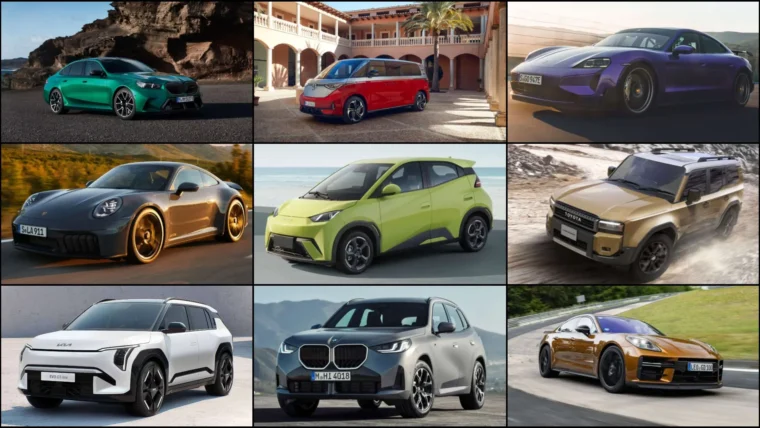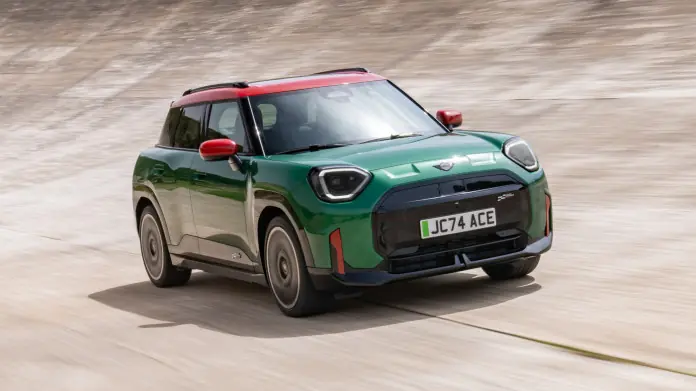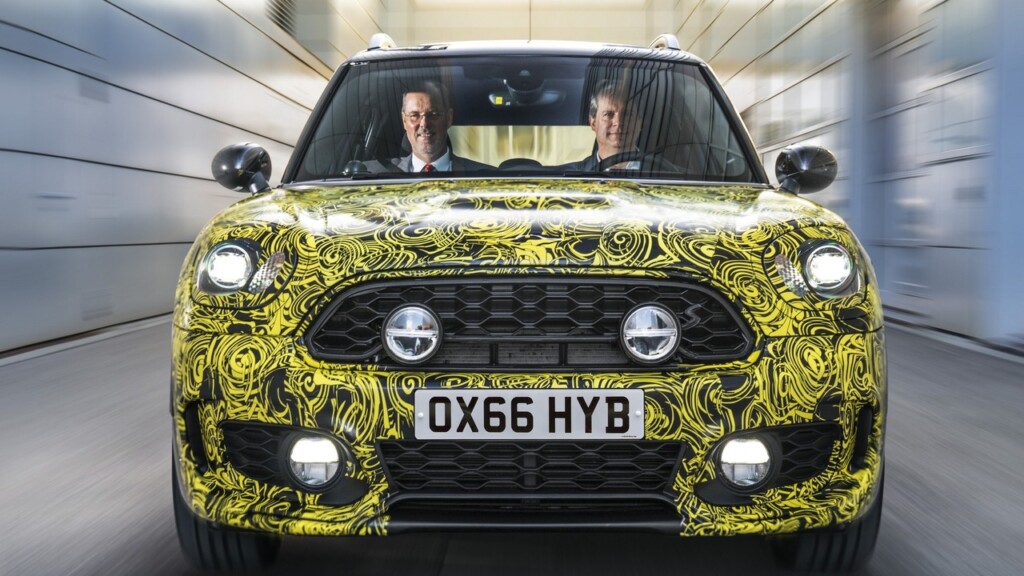
MINI is about to join the hybrid bandwagon with a plug-in hybrid model. The automaker says its new model it is going to be based on the forthcoming second-gen Countryman and will likely carry the “E” suffix.
MINI isn’t sharing details about performance of the car just yet, but it did mention that it features a combustion engine and an electric motor enabling pure electric driving for the first time in a MINI.
“With this model we want to convince MINI customers of the benefits of hybrid drive”, says Head of MINI brand management Sebastian Mackensen, “and impress everyone who already has hybrid driving experience with MINI’s unique go-kart driving feel.” The key to achieving this lies in intelligent energy management which is used to control how the combustion engine and electric motor operate together. For this reason, the first MINI plug-in hybrid model is not solely focused on efficiency, but uncompromising in pursuit of driving fun.
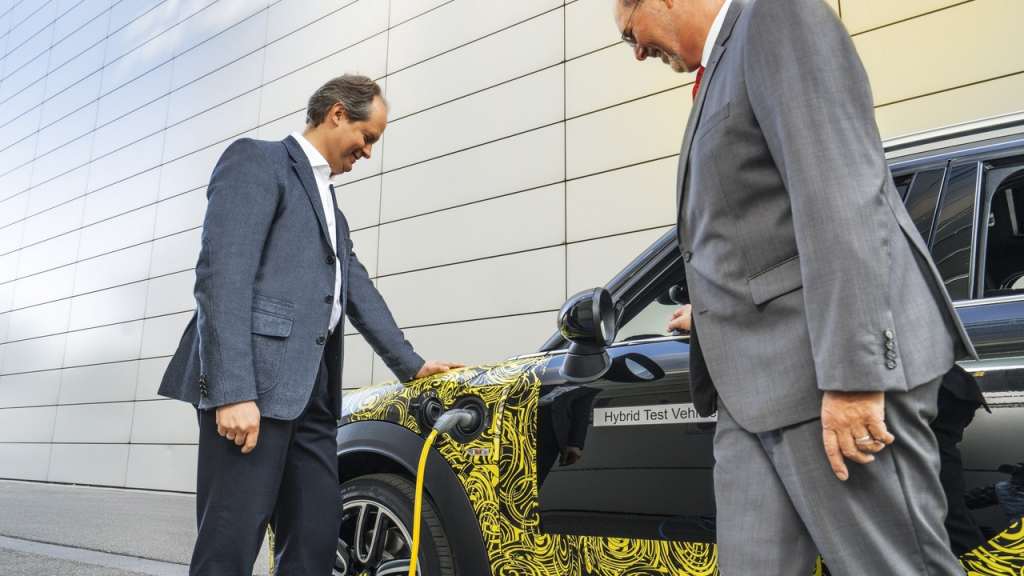
At first glance, you wouldn’t be able to recognise a regular MINI from the plug-in hybrid model because the charging socket for the high-voltage battery is discreetly integrated in the left Side Scuttle.
Everything else also looks familiar in the cockpit. The start/stop button in the centre of the dashboard glows yellow instead of red. As usual, you simply press the button to start the car – this vehicle, however, remains silent as the hybrid model always starts in electric mode. The rpm counter in the instrument cluster on the steering column has been replaced with a power display. Keeping a close eye on this display is particularly worthwhile for the first few kilometres as it informs the driver about the electric motor’s power reserves before the combustion engine fires up. When exactly the combustion engine starts varies depending on the vehicle’s speed and the intensity with which the driver operate the accelerator pedal.
MINI promises new driving experience with its plug-in hybrid model. The hybrid MINI makes full use of the electric motor’s entire torque, which is available right from standstill, allowing for catapult-like acceleration. Even after leaving the slower pace of the city, this vehicle maintains its zero-tailpipe emissions at motorway speeds. The high-voltage battery under the rear seats provides power for electric driving. AUTO eDRIVE standard mode permits speeds of up to 80 km/h, whilst in MAX eDRIVE mode speeds of up to 125 km/h are possible.
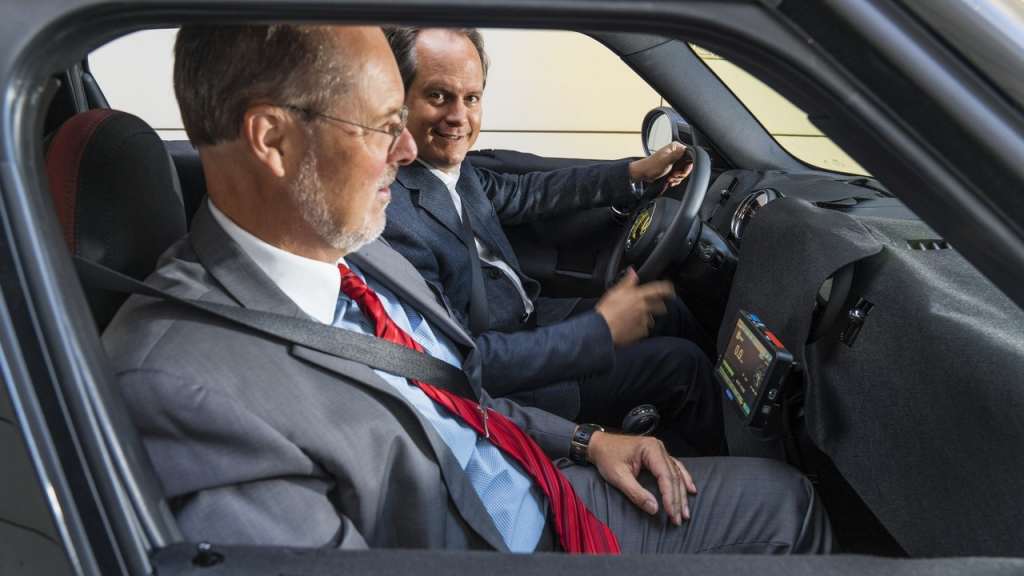
“In a hybrid MINI model, driving electrically must also be an exhilarating experience. This means that entirely electric driving is not limited to speeds of 30 or 40 km/h, but to speeds well beyond city traffic pace,” added Mackensen.
The chassis and suspension of the Countryman PHEV also remains the same as its gas-powered variants. Thanks to the eDrive components, which are positioned very low down at the rear, the car’s centre of gravity is lowered and the weight is evenly balanced between the front and rear axle – ideal for achieving an even higher level of MINI agility.
The Hybrid concept provides yet another benefit: the electric motor transmits its power to the rear wheels, the combustion engine to the front wheels. Since the intelligent energy management is linked to the Dynamic Stability Control (DSC), traction and drive stability are optimised via the drive system.
Intelligent energy management offers a further opportunity for both power sources to work together effectively. When activating the SAVE BATTERY via the eDrive toggle switch, the combustion engine powers the car whilst at the same time, the high voltage battery can retain charge at a constant level or indeed increase charge via a generator. Extended driving in SAVE BATTERY mode enables enough power generation for purely electric driving later.
After driving in SAVE BATTERY mode, the MINI drives back into town in silence at the end of the test drive. The status display in the cockpit reminds the driver to recharge the battery via wallbox or power socket. Refuelling is not necessary yet because the MINI plug-in hybrid model merely took a small sip from the fuel tank.
Other posts by AF Newsdesk

